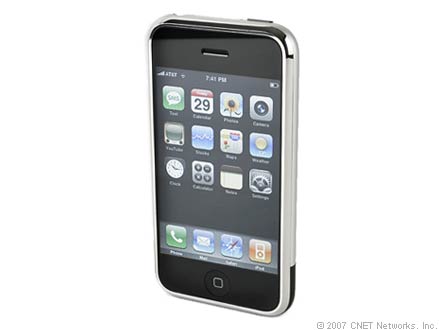Blumenthal needs to define the word open


The most startling number is 1.5%.
That's the percentage of U.S. hospitals with a comprehensive electronic records system, in all clinical departments. Most of these are large urban hospitals or teaching hospitals.
When the industry's HIMSS group touts a 17% penetration rate, they may be talking about pharmacy systems. That's the percentage of hospitals where doctors can electronically prescribe medicine, according to the survey.
This is a comprehensive survey, sponsored by the federal government and Robert Wood Johnson Foundation. It did not ask whether systems were being used effectively, just whether they were there.
The study is considered by some observers to be an important bit of pushback against the Administration's ambitious Health IT plans, but it may also reveal just how big the opportunity is, and how clean the sheet of paper defining the opportunity.
A perspective from two doctors at Childrens' Hospital of Boston, to which incoming NCHIT David Blumenthal is attached, suggests a "platform approach" can still succeed, and platforms are usually defined from a clean sheet of paper, like the Apple iPhone.
Such a platform needs to have its specifications published, data running through it must be as "liquid" as data on payment networks, and it should be built on open standards that can still accept closed-source software, the authors write.
In mentioning ATMs and the iPhone, the authors are not advocating for open source. Their own Indivo health record is being pushed by Dossia, a group of large employers.
What they are arguing for is simplicity and flexibility.
Platforms like the iPhone, or Windows, are open in the sense that they are published, and developers can write to those published specifications. But they are also monopolies, their creators collecting the equivalent of monopoly rents.
Even the ATMs mentioned by the authors are "open" in this same sense, with specifications defined by Visa. You want to be a transaction processor, you play by Visa's rules, and the requirements change regularly, with a cost to adapt.
These are key questions which the NCHIT needs to define. What does David Blumenthal mean by open? Is it open as in Google or open as in the iPhone?